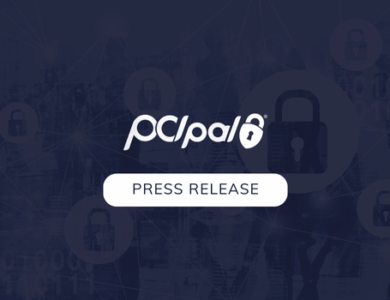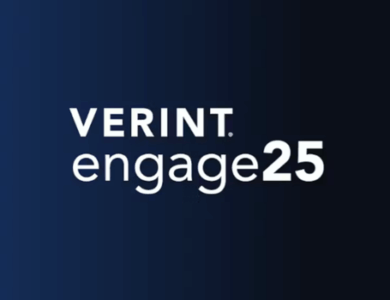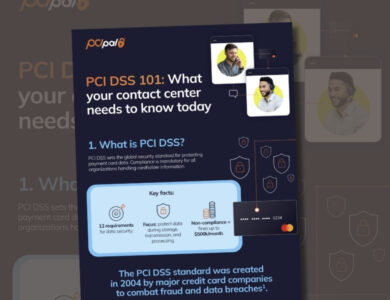Since the beginning of the pandemic in March 2020, organizations around the world have had to adapt to a new way of doing business. Organizations that were used to serving their consumers face-to-face went remote overnight, and those who struggled to adapt lost out financially or had to close permanently.
What became apparent was organizations that were already embracing the change in digital engagement were better placed to mitigate the effects of the pandemic. Prior to 2020, the technology and security landscapes were undergoing change. Artificial intelligence (AI) and machine learning were changing the way consumers interact with organizations. Billions of devices now make up the Internet of Things (IoT) and consumers around the world embrace shopping online for the first time. As the world begins to return to a degree of normal, however, people are still choosing to interact with brands and purchase goods online. This means that organizations should continue to develop their digital strategy, and this is arguably most important in the contact center.
This doesn’t come without its own set of challenges. It doesn’t take long before hackers start to find the security flaws, and over the past 19 months, they have redoubled their efforts to exploit these.
Earlier this year, PCI Pal conducted a survey with consumers and contact center professionals in the U.S. and U.K. The consumer survey was concerned with sentiments about their digital preferences, security perceptions, and beliefs about future trends in the customer service space.
In this eBook you will find:
- How countries around the world are tightening regulation to mitigate the risk
- What consumer sentiment is around data security
- How these sentiments are driving their purchasing decisions
- How contact center managers feel about the increased risks
- What contact center managers are most concerned about
- What you can do to mitigate cybersecurity risks
Download your copy today.
Download Ebook










